Burn After Reading: Comms Discipline for Mutual Aid and Resistance
Think About Encryption, VPNs, Walkie-Talkies, and the Lost Art of Keeping Your Mouth Shut.
In any serious mutual aid effort, dual power project, or revolutionary struggle, communication is the artery that keeps the movement alive and the vein that provides feedback. It's how we coordinate actions, spread resources, learn from one another, and keep each other safe.
But the tools we use to communicate can either liberate us or place us directly in harm’s way. In an age of hyper-surveillance, algorithms, and corporate-owned infrastructure, intentional and secure communication is not an afterthought — it’s essential.
Movements collapse under bad communication. They fracture from infighting sparked by misheard intentions. They get infiltrated because someone ran their mouth in the wrong chat, at the wrong time, to the wrong person. What we say, how we say it, where we say it, and to whom we say it are matters of survival.
This piece is a call to strengthen our communication practices and build the resilient methods and infrastructure we’ll need tomorrow, today.
Encryption & VPNs: Tools of Resistance

While much of the U.S. left still relies on texts, Instagram DMs, and Facebook groups, comrades in other parts of the world have long since moved to more secure options. Encrypted, open-source messaging apps like Signal, Session, and Briar are designed for moments like these. They keep your messages private, your metadata minimal, and your contacts safer. Briar, for instance, works device-to-device over Bluetooth and Wi-Fi without an internet connection, ideal for areas under blackout or state repression.
VPNs (Virtual Private Networks) are another simple tool many organizers here overlook. They obscure your IP address and encrypt your traffic. Paid, privacy-respecting VPNs like Mullvad or IVPN can be literal life-savers when doing sensitive work online. Choose a VPN that keeps minimal records on you and doesn’t easily submit to US subpoenas without cause.
Tools like these aren’t paranoid — they’re practical. When the Hong Kong uprising intensified in 2019, Signal became the primary means of organizing. When Kurdish fighters hold ground in Northern Syria, they use encrypted comms to stay one step ahead of Turkish drones. There’s no excuse not to start integrating these tools now.
Move Away From Social Media
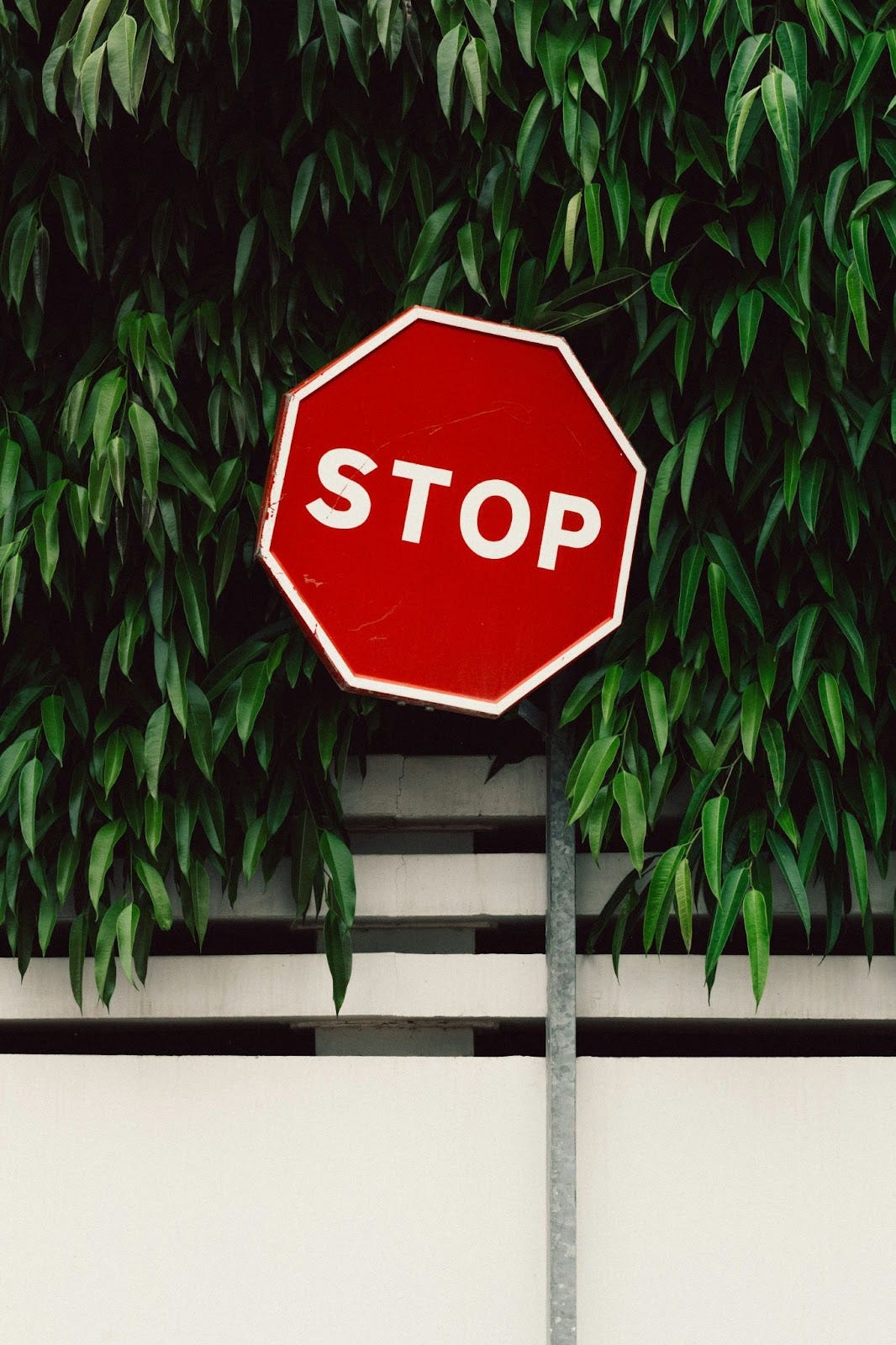
As much as social media has connected us, it was never built for us. It’s a surveillance platform for advertisers, corporations, and the state. Organizing protests through Facebook events or hashing out logistics in Instagram group chats might seem harmless — until the cops show up early, or you realize there’s an undercover in your comments.
The algorithm is not your ally. Intentionally move discussions off of public or corporate-owned platforms. Use Signal groups, face-to-face meetings, printed newsletters, zines, or community bulletin boards. The Egyptian revolutionaries in Tahrir Square only succeeded because they pivoted to street-level comms when the regime blacked out the internet.
Radio, Walkie-Talkies, and Offline Comms

Old-school doesn’t mean obsolete. Handheld radios and walkie-talkies still have real use-value today. They don’t require Wi-Fi or cell towers, making them ideal for protests, mutual aid distributions, disaster relief, or direct action.
Yes — their signals can be intercepted, so use code names, avoid personal information, and practice good radio discipline. Assume every message is public. Keep transmissions brief, direct, and leave no digital trail.
Information Security: Need-to-Know Only
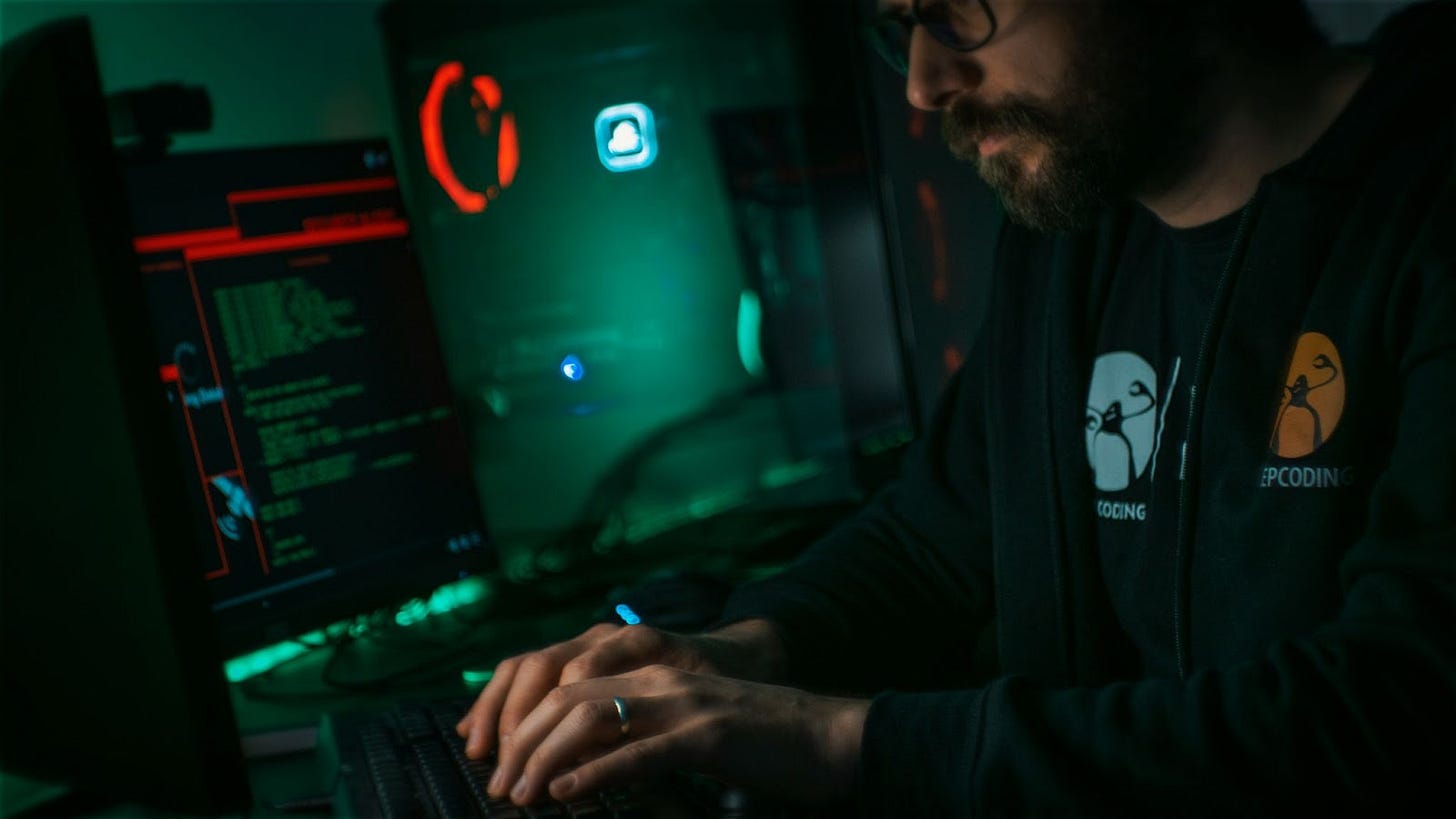
There’s a reason that cell structure organizing models have been used by revolutionaries and resistance movements for centuries. The rule is simple: no one knows everything, and people only know what they need to for their role.
This isn’t about distrust — it’s about protection. If one person is compromised, the rest of the network can survive. Keep sensitive information between those directly involved, never speculate in public, and resist the temptation to over-share, even with well-meaning comrades.
Modern phones can be unlocked with a thumbprint while you’re unconscious or under duress. Disable biometric unlock features during risky actions, and don’t store sensitive details on your device. Assume the worst and plan accordingly.
Protest Signals, Landlines, and Phone Trees
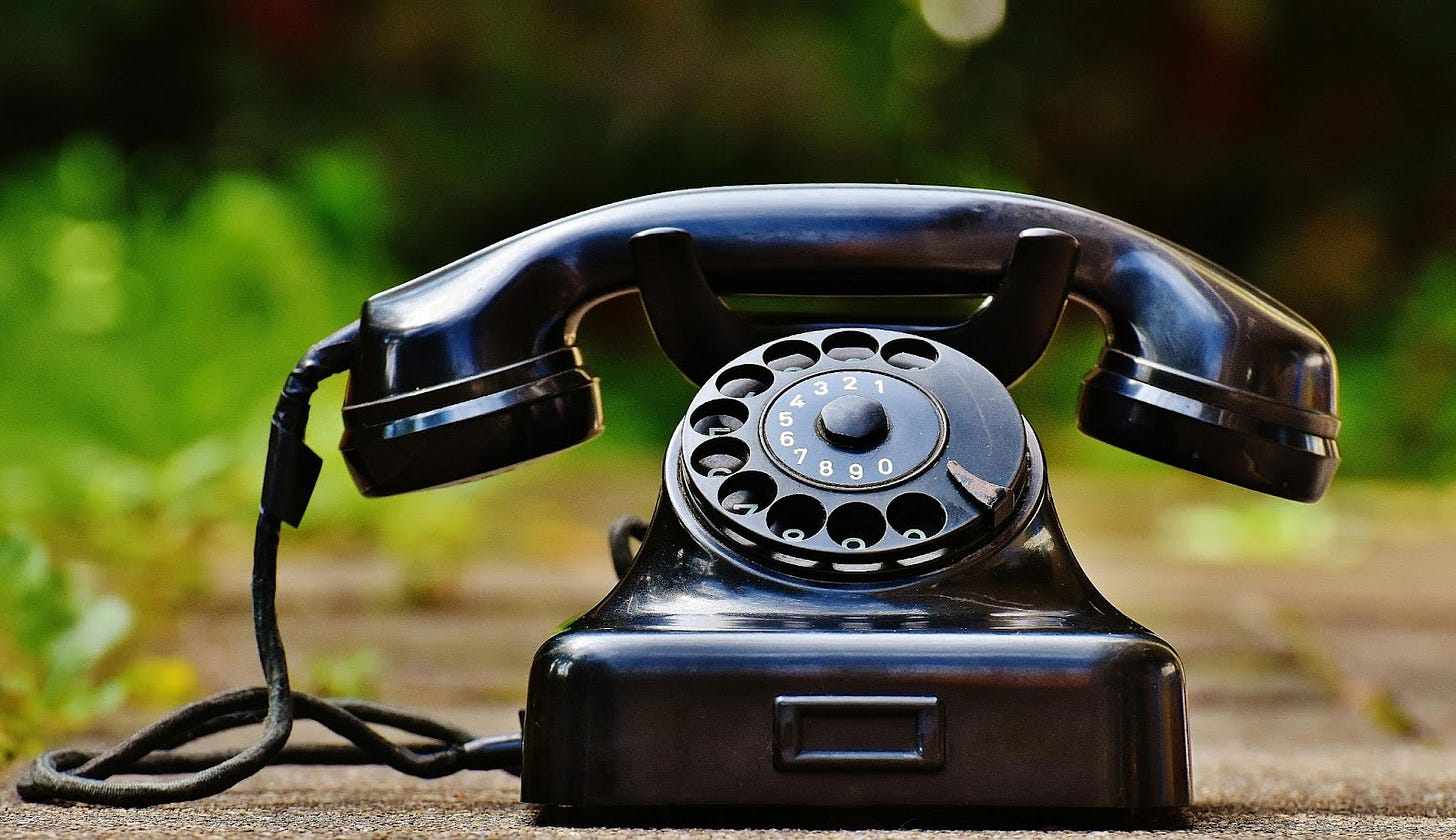
Don’t underestimate low-tech, time-tested systems. Hand signals at protests for "medic needed," "move this way," "stay quiet," or "riot cops incoming" save lives. Practice them before actions.
Phone trees — old-school chains of landline calls — are useful for rapidly spreading information without putting it online. Designate callers, practice scenarios, and make sure each person knows their next link in the chain.
Consider designated meeting places. If shit hits the fan, do you have a plan in place to meet your loved ones and comrades? Definitely worth a thought or two.
Dead Drops, Posters, and Bulletin Boards
Before smartphones, resistance groups exchanged information through dead drops — hidden notes in mailboxes, under rocks, or inside hollowed-out trees. While that level of secrecy isn’t always necessary, community organizers can use public bulletin boards, zines, posters, and drop-off points for flyers to keep networks alive.
Make sure your neighborhood has places where word-of-mouth and physical notice still work.
Historical Lessons: John Brown’s Miscommunication
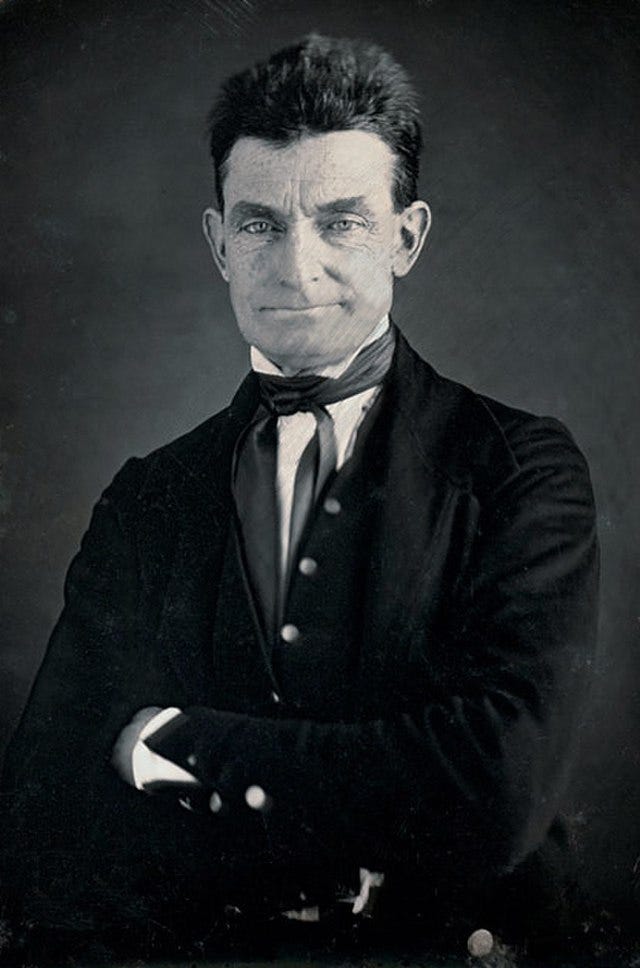
Even the most courageous uprisings have failed because of poor communication. John Brown’s raid on Harpers Ferry in 1859 — one of the boldest direct actions in U.S. history — suffered from weak coordination and a lack of wider support due to disjointed, insecure communication. Brown’s plans weren’t shared widely enough with trusted abolitionists, and those who could have rallied to his side never knew when or where to move - leading to his martyrdom.
Had Brown employed tighter, cell-based networks and established secure lines of contact, the raid might have ignited a far broader rebellion in the South. Some argue it succeeded, though, in igniting the Civil War for black liberation from the planter class just a year later. Communication isn’t a footnote to revolutionary strategy — it is the strategy.
Lessons from Elsewhere
We have much to learn from past and present movements:
Spanish Civil War anarchists built underground radio and courier networks to resist fascism.
Weather Underground kept strict need-to-know protocols in U.S. clandestine actions.
Palestinian resistance groups use spotters, runners, and offline tactics under constant surveillance.
Rojava’s decentralized councils in Northern Syria rely on trusted couriers and encrypted devices.
Revolutionaries survive not because they outgun the state, but because they out-communicate it.
Build the Infrastructure Today
Mutual aid isn’t just about sharing groceries and planting gardens — it’s about building resilient, autonomous infrastructure for the world we’re fighting to create. Communication networks are part of that.
Start now. Move your chats to encrypted platforms. Practice walkie-talkie drills. Learn your protest hand signals. Build out community phone trees. Make zines, post flyers, and hold meetings off the grid. Build the communication systems you’ll need in crisis before the crisis hits.
Because when it comes down, it won’t be the fastest meme that saves us. It’ll be the clearest message sent through the safest hands.
We speak carefully. We move together. And together, we win.
Beyond Darwinism - Mutual Aid Index
Beyond Survival of the Fittest: Kropotkin's Vision of Mutual Aid
What is the role of solidarity and reciprocity in building equitable and sustainable communities?
Mutual Aid Among Plants and Animals: Cooperating for Survival
Peter Kropotkin Observes How Cooperation Among Species Improves Survival and Shapes Evolution.
Frolics and Barn-Raisings: Mutual Aid Amongst the Amish
Take a Look at the Amish Traditions of Collective Action and Solidarity.
The Arab Spring: Mutual Aid in the Fight for Freedom
See Solidarity in Action with the Collective Struggle for Liberation in the Arab Spring Movements.
The Black Panther Party’s Legacy of Community Empowerment Through Mutual Aid
The BPP protected and served their communities despite rampant racism and being the main targets of the FBI’s Counter-Intelligence Program.
Blessing Boxes: Mutual Aid in Our Communities Today
Find Out How These Simple Free Community Pantries Transform Neighborhoods and Promote Solidarity.
Childcare Collectives: A Modern Expression of Mutual Aid
Childcare Collectives develop when families, friends, and neighbors pool their resources to raise children.
Feeding Hope: The Impact of Community Fridges as Mutual Aid
See How Grassroots Efforts Like Chattanooga’s Hope Community Fridge Transforms Food Access and Fights Food Apartheid.
Grow Food Together: The Impact of Community Gardening as Mutual Aid
Shared Gardens Enhance Food Security, Build Community Bonds, and Promote Well-being Without Personal Expense.
Community Self-Defense: Protecting Ourselves and One Another
Let’s Talk About How Communities Work Together to Protect Themselves From Harm Inflicted by the State and Fascists.
Community Workspaces: Where Coworking Meets Opportunity
Find Out How Shared Community Workspaces Support Creativity and Mutual Empowerment.
Deciding Together: The Consensus Model in Mutual Aid
How Collective Decision-Making Builds Strong and Resilient Movements As Shown by Occupy Wall Street.
Live Together, Thrive Together: Shared Housing as Mutual Aid
Imagine Housing as a Way to Build Community and Share Resources.
Breaking Bread, Building Bonds: What’s Cooking in Community Kitchens?
Learn How These Shared Kitchens Create Lasting Change Through Healthy Meals, Cooking Education, and Mutual Aid.
Migration and Mutual Aid: Navigating a Climate Crisis Together
The USA and Global North Grew Rich Burning Fossil Fuels. Radical Cooperation Can Help Us Adapt to a Changing World.
Forgive Us Our Debts: How Debt Collective Helps Abolish Financial Servitude
Debt Collective Branched Off From Occupy Wall Street and Unifies Debtors in Mutual Aid for Collective Liberation.
Thou Doth Protest? How The Diggers Reclaimed the Commons and Fought Early Capitalism
Learn About the Radical Solidarity and Resistance to the Enclosure of the Common Lands in 17th-Century England.
A World Without Barriers: Consider Accessibility in Mutual Aid
Everyone Becomes Disabled if They Are Lucky. So How Can We Make Our World More Accessible?
Mutual Aid in the Eye of the Storm: Disaster Relief Amid Climate Change
When Disaster Strikes, Mutual Aid Responds: A Blueprint for Resilience Amid More Frequent Catastrophes
Beyond the Ballot Box: Build Dual Power for Real Change
Empower People Through Mutual Aid, Solidarity, and Community Control.
Communities of Care: How Solidarity Transforms Support for Elders and the Differently-Abled
How Can Mutual Aid Principles Change Elderly and Disabled Care From Isolation to Connection?
Growing Resistance: How Food Forests Feed Communities for Free and Defy Capitalism
From Commodities to Commons: The Radical Potential of Agroforestry
Roots of Resilience: Black Mutual Aid Societies in American History
Explore W.E.B. Du Bois’ Work and the Heritage of Solidarity Among Black Folk.
From Despair to Dignity: The Radical Work of Free Clinics
How Mutual Aid and Community Solidarity Transform Access to Healthcare
Feeding Each Other: The Radical Power of Free Grocery Stores
How This Kind of Mutual Aid Transforms Hunger Relief into Community Empowerment
Challenge Capitalism One Free Store at a Time
How Free Stores Empower Communities and Challenge Scarcity
The Past & Future of Self-Governance: How General Assemblies Build Dual Power
Strengthen Communities Through Direct Democracy and Mutual Aid
Let Joy Guide You: The Power of Fun in Change Work
Explore the Role of Laughter, Creativity, and Connection in Community Organizing
Fascism Unmasked: How to Recognize and Resist Modern Authoritarianism
Empower Your Resistance: A Practical Guide to Revolutionary Optimism, Mutual Aid, and Defying Totalitarians
Resist Burnout: Care, Coping, and Wellness in Dark Times
How can we practice self-care to endure the revolutionary marathon and better support one another?
Resistance Anthems: Protest Music for Hard Times
Let’s Unite Our Voices For Justice Through the Power of Music!
Affinity Groups: Decentralized Resistance in an Age of Crises
How Do Small, Autonomous Collectives Build Power and Resistance Against Fascism, Capitalism, and Collapse?
Share a Feast: How Potlucks Build Community and Connection
Let’s Discuss How Sharing Food Nourishes Both Bodies and Bonds Across Generations.
Notes From the Underground: How Forests Teach Mutual Aid
How Do Fungi, Trees, and Other Plants Thrive Through Cooperation and Reciprocity?
Fight Book Bans with Little Free Libraries
How Do Little Free Libraries Turn the Tide Against Book Bans and Censorship?
Read, Rest, Revolt, Repeat: Study Groups as Mutual Aid
How Does Collective Study Build Power, Sharpen Strategy, and Sustain Movements?
Burn After Reading: Comms Discipline for Mutual Aid and Resistance
Think About Encryption, VPNs, Walkie-Talkies, and the Lost Art of Keeping Your Mouth Shut.

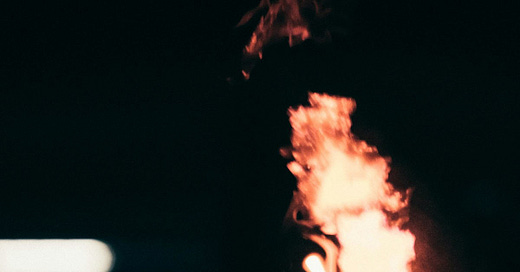



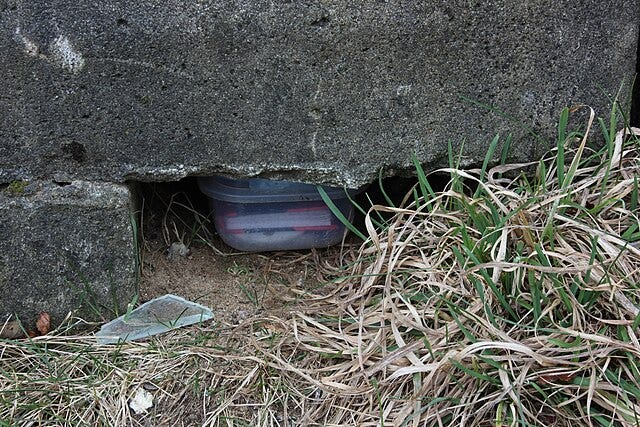
Not a surprise to me that John Brown didn't have a good field network together for Harpers Ferry. He was a firebrand who rubbed a lot of people the wrong way, and those types are never good at creating social networks around themselves.
Really timely advice. I think disconnecting from the algorithms and the internet generally is critical to disempowering the billionaires and protecting our health. Individuals can do a lot at the personal level, get rid of all smart devices that aren't absolutely essential and use them strategically rather than compulsively.
I love the idea of a return to print based communication. I'm inspired by the idea of gathering people to hand produce communications, making the production and distribution of the message collaborative and hands-on. The antithesis of AI.